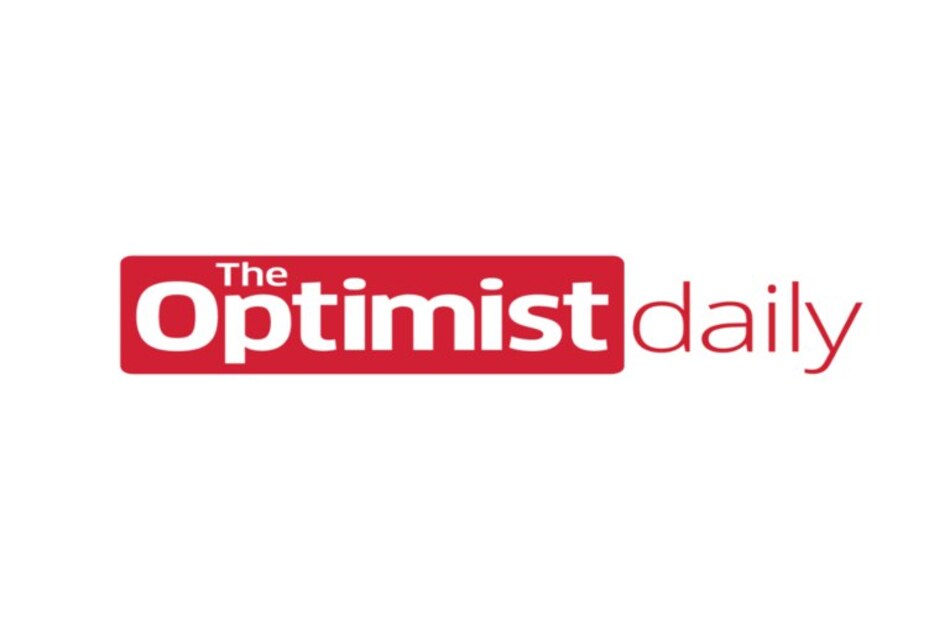Last year, one study rocketed forward the understanding of inclusive space travel. The AstroAcess project looked at requirements for sending people with different kinds of disabilities into space by creating a space-like environment in an aircraft free-falling from 32,000 feet down to Earth. It was the most practical research into what needs to be implemented for previously excluded scientists to go on space missions.
Sheri Wells-Jensen, a blind linguist professor, was one of the 13 that took part in this experiment. She explains that being disabled could actually give an advantage in numerous situations on the International Space Station (ISS). For example, the ISS is so loud that it is difficult to hear each other and pass on messages. For someone who is mute, this obstacle would be removed as the noise would not affect their sign-language-based communication and actually make things more efficient.
Following in the same footsteps, NASA has released its first Equity Action Plan that looks at dismantling the barriers in place regarding disability, gender, race, socio-economic background, and more. Its purpose is to improve the diversity, inclusion, equity, and accessibility of all things space, both internal and external of the U.S. government agency.
“At NASA, all of our missions depend on our steadfast commitment to equal opportunity,” said NASA Administrator Bill Nelson. “The Equity Action plan deepens our commitment to further identify and remove the barriers that limit opportunity in underserved and underrepresented communities. This framework anchors fairness as a core component in every NASA mission to make the work we do in space and beyond more accessible to all.”
There are four main focus areas of the plan, which look at inclusion in all areas of the organization. This includes integration and utilization of businesses and communities NASA collaborates with, paying closer attention to who receives grants, putting more effort into helping mitigate environmental challenges in underserved communities, and expanding access to more languages.
NASA is planning to keep an open mind with its policies, promising to keep on accessing and analyzing feedback from the public and experts. They are also planning to work with programs that open up more opportunities within NASA, the aerospace field, and STEM in general.












